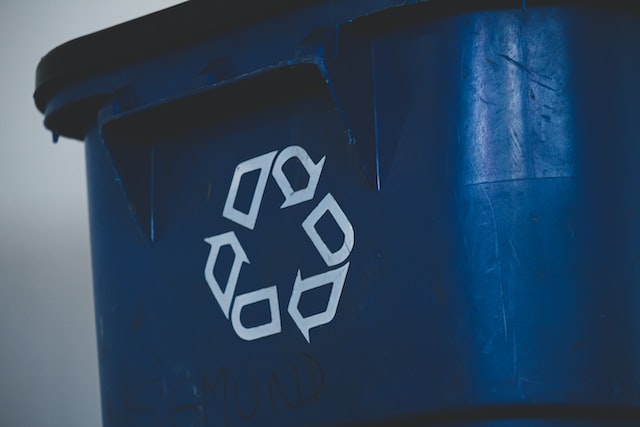Recycling

Last week, Lisa asked her local Starbucks why they didn’t have the holiday cups. The disturbing answer was: because of the red dye, they’re not recyclable. which means they’re banned in Minneapolis. WHAT? They’re not recyclable? Was I supposed to know that? HOW was I supposed to know that? I’ve been throwing them in my recycle bin! At the beginning of this month, I checked the food holidays for November and noted that November 15th was National Clean Out Your Refrigerator Day. Boy… was there ever a less fun food holiday? Knowing that I needed to do it before Thanksgiving, on the 15th I grimly started pulling things out of the fridge… ugh. Cleaning out the fridge is always unpleasant, and I have to admit I made it a little easier by dumping some things I should have recycled. Yes, instead of carefully emptying, cleaning and drying every container- I threw some in the trash. I know it’s bad- I don’t do that often. I usually recycle. But here’s the thing- it’s possible that I just saved an extra step, because odds are those things were going to end up in a landfill anyway. According to this article, only about 35% of what goes in our recycling bins actually gets recycled. And even worse, if you just take plastic alone- only 9% of it gets recycled. The rest ends up in a landfill. The reasons are complicated, but the simple explanation is that we used to send all our recycling to China (where most of it ended up in THEIR landfills) until a couple years ago, when they decided they didn’t want our trash anymore. So the US hasn’t developed an organized system for dealing with it. And another big problem is “wish-cycling,” where people throw anything and everything in their recycling bins. I’ve been guilty of wish-cycling. I’ve definitely put things into my recycling bins that I wasn’t sure about, but thought “Well, I’ll let them sort it all out at the recycling plant.” The truth is, throwing non-recyclable things in with the good stuff slows down the process, making it even less profitable and efficient, and increases the likelihood of the whole batch being contaminated and thrown away. But how am I supposed to know what I can put in? What do all those numbers mean, anyway? Why am I just now hearing the red dye in the Starbucks cups is non-recyclable? Am I not supposed to recycle anything red? What’s going on??? It seems like the only solution- especially when it comes to plastics- is to “reduce and reuse” -and recycle… as little as possible. Easier said than done. Do you feel like you understand all the recycling rules? Are the Starbucks holiday cups banned anywhere else? Why is it just Minneapolis?